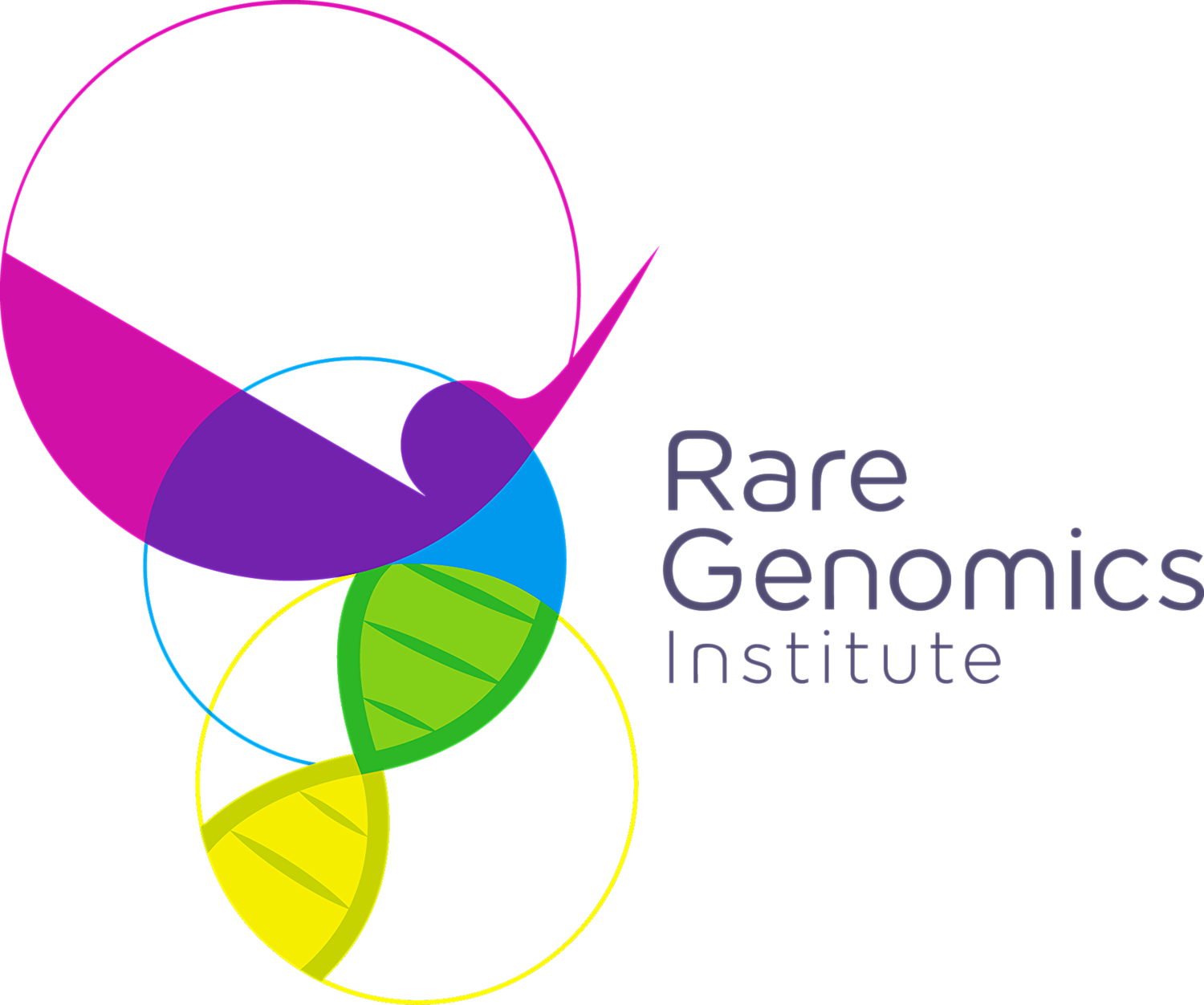Pathway To Solving A Mystery
/I have been a Genetics Analyst with the Rare Genomics Institute for over a year. The work that analysts like myself do is challenging, but we are aware of the impact and significance of our findings to the affected families. One of the services (https://www.raregenomics.org/rg-patient-research-services/) that we provide is to help identify mutated genes that are causing the patient’s symptoms, and if possible give a name to the disease. Our cases are typically undiagnosed where sequencing data is available.
Genome sequencing of the patient, siblings, and parents is carried out externally by one of our several partners, or the patient brings the sequence from previous analysis so we can re-interpret it. Whole Exome Sequence (WES) refers to sequencing only the DNA that encodes proteins, as opposed to whole genome sequencing (WGS), which includes non-protein encoding sequencing. WGS and WES are preferred technologies over the more standard microarrays for diagnostic purposes. We currently do our analysis with WES exclusively and are planning to incorporate WGS in the near future.1
The first step in the process of sequence interpretation is variant calling. This is carried out with a global healthcare platform for genetic analysis. The second step is the analysis and interpretation of the sequencing data in the light of the patient’s phenotype.
Those times when we are able to shed light onto affected pathways are deeply rewarding, and I take time to stop and enjoy the moment. In the year that I have been with the Rare Genomics Institute I have been involved in the interpretation of sequences from 6 patients and their families, some producing more definitive answers than others, but all equally satisfying.
With this information at hand we are able to refer the patient to specialists for further treatment, support groups, and sources of clinical trials. The process of identifying mutations that explain the patient’s symptoms requires patience and perseverance, and the answers are not always clear-cut.
The more cases we see, the higher the likelihood that we will observe people with similar diseases. This will allow us to group those cases together. By comparing them we will be able to predict outcomes, and consider the possibility of devising treatment plans with the goal of improving the quality and quantity of life of our patients. It is a long and arduous process, one that is fraught with many obstacles. We know that there are no easy or quick answers. It is important to realize that we are all part of a bigger picture, trying to ease someone else’s burden, helping somebody to feel a little less alone.
Reference:
- Clark, M.M., et al. Meta-analysis of the diagnostic and clinical utility of genome and exome sequencing and chromosomal microarray in children with suspected genetic diseases (2018) Genomic Medicine (2018)3:16 ; doi:10.1038/s41525-018-0053-8.
Author Bio: Debora Varon is a PhD in Genetics, a graduate from the University of California, Davis. She recently obtained a Post Masters Certificate in Sequence Analysis and Genomics from Johns Hopkins University. She is a Senior Genetics Analyst at the Rare Genomics Institute and the author of the blog Gene The Llama at www.genethellama.com where she discusses health topics with an emphasis on Genetics.


